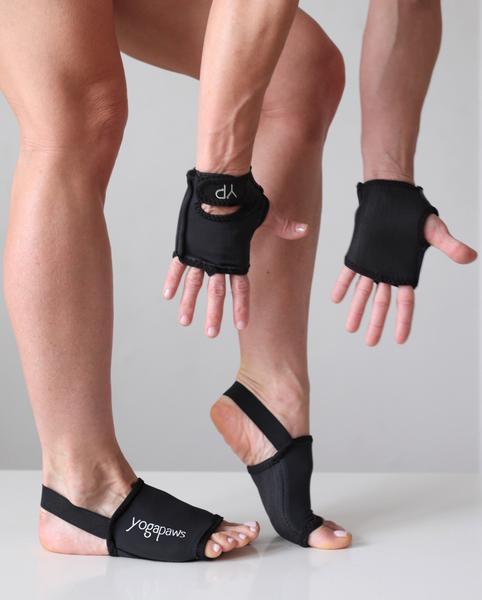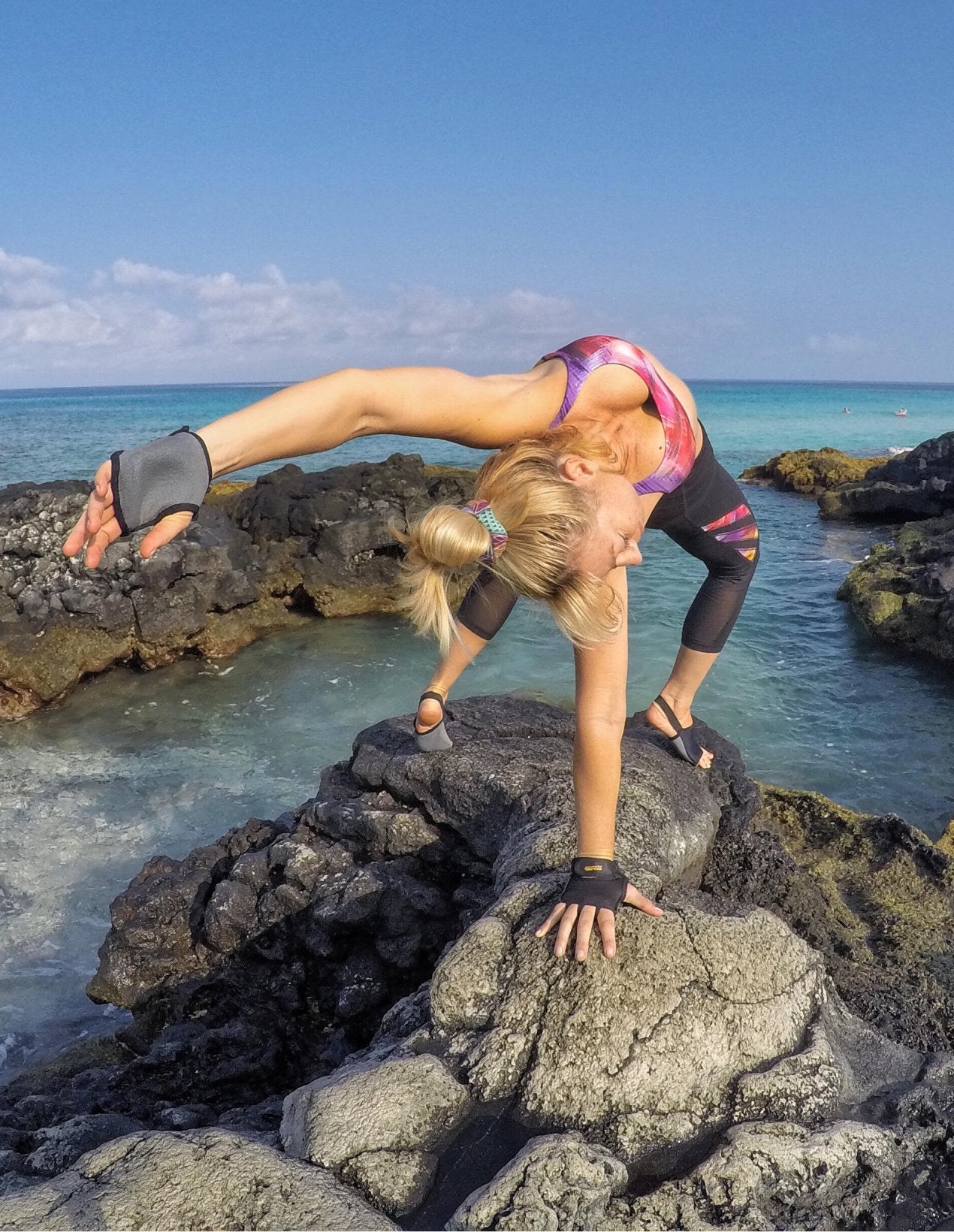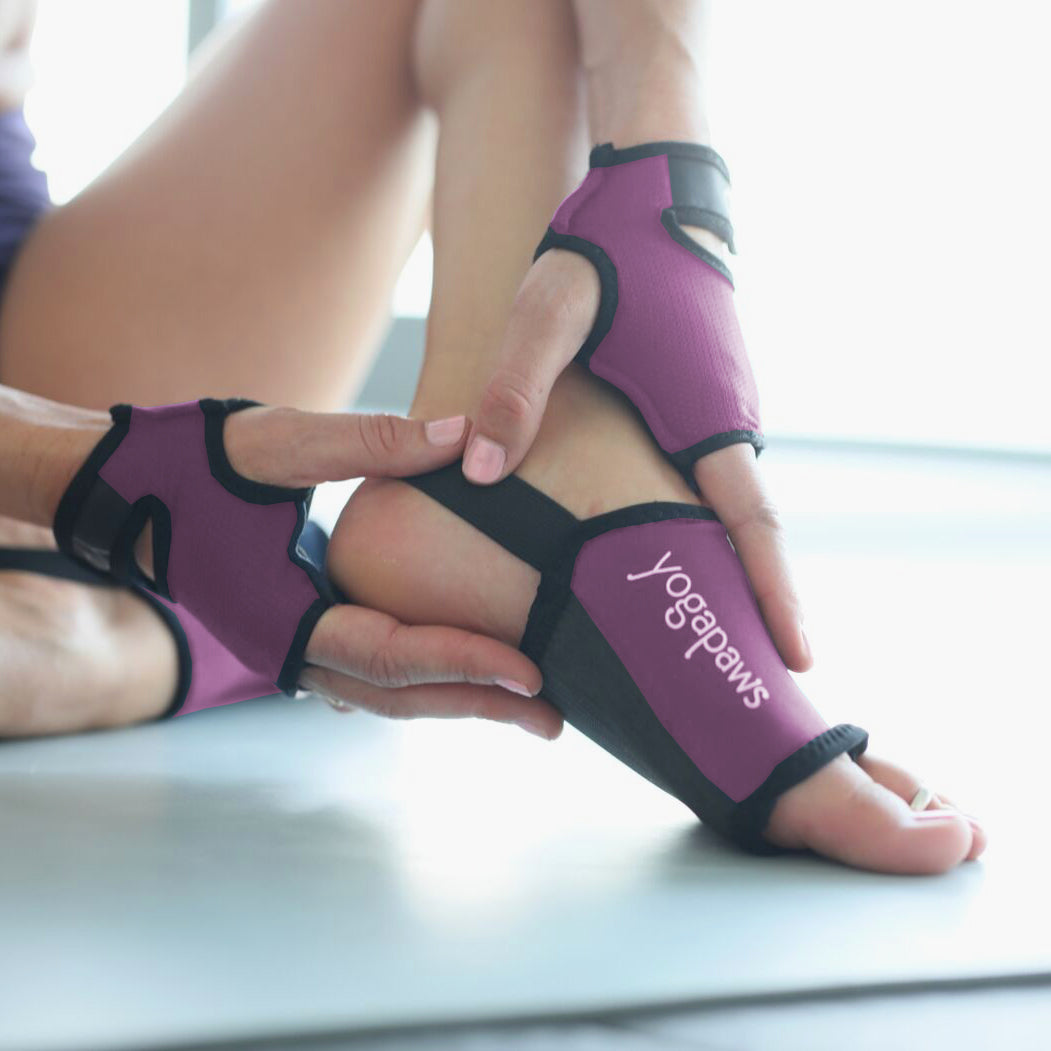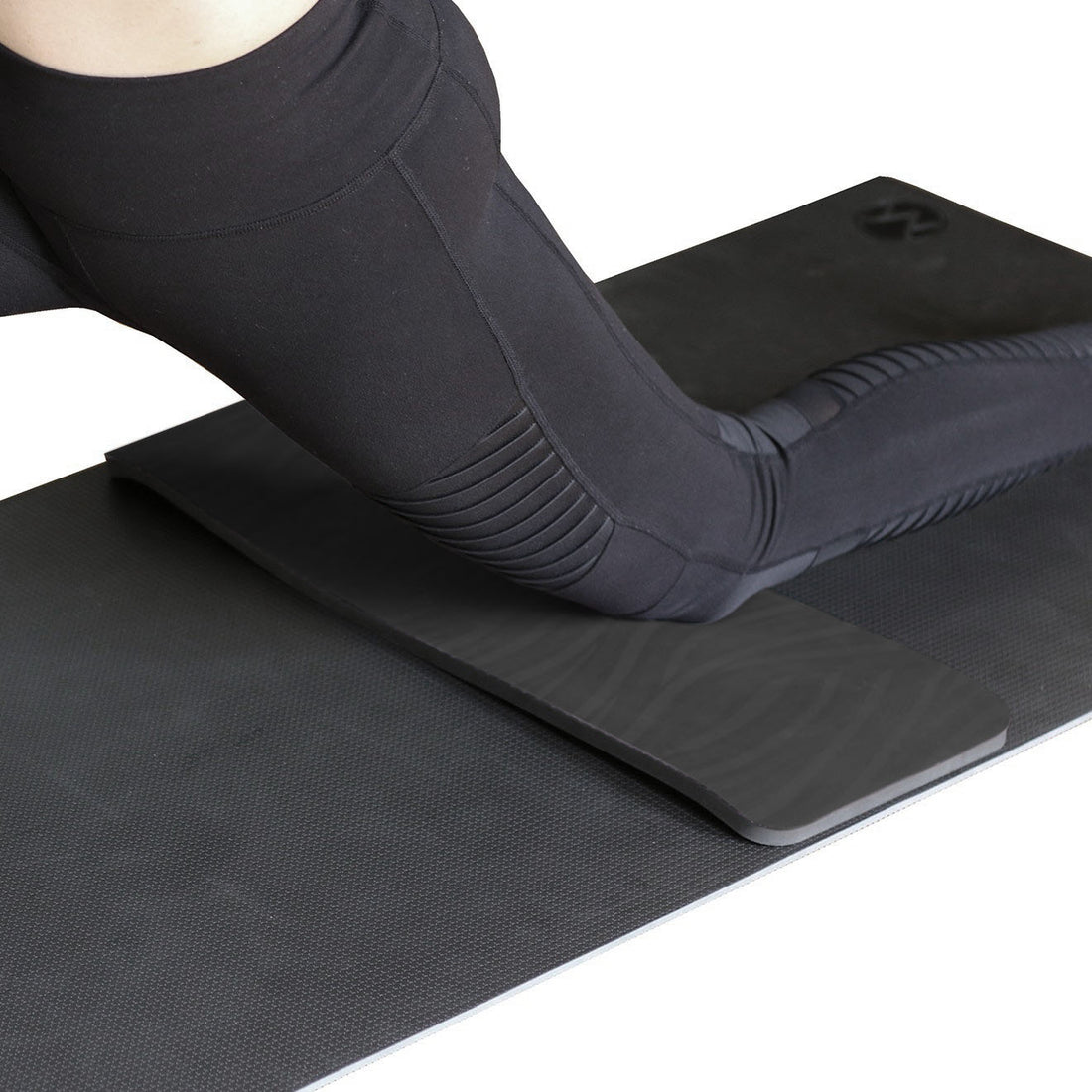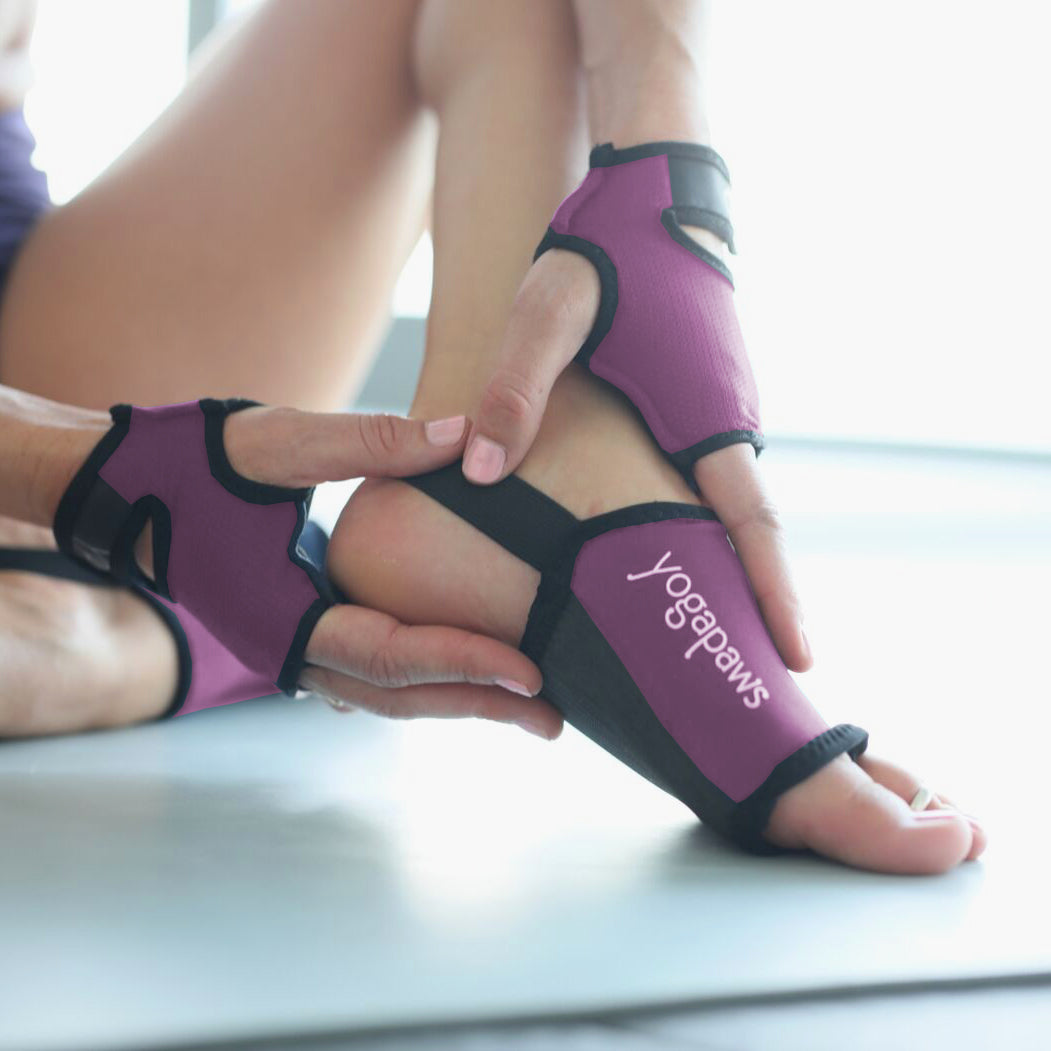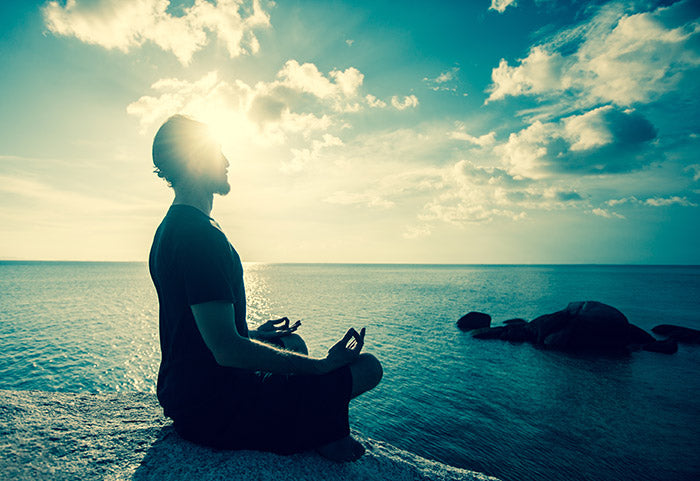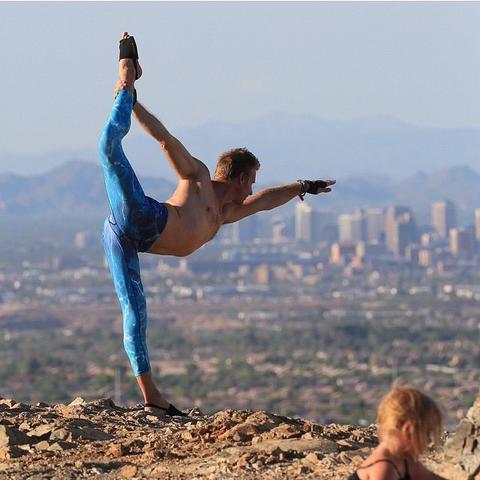 The calendar may say spring is just around the corner, but, this year, Mother Nature is saying something else. Most of the country is still mired down by days of finger-numbing temperatures and an ice, snow, or sleet storm or two. Though hibernation might sound pretty tempting, it’s not much of a coping strategy for sociable, activity-loving humans. You can’t change the weather, but you can change your point of view.
The calendar may say spring is just around the corner, but, this year, Mother Nature is saying something else. Most of the country is still mired down by days of finger-numbing temperatures and an ice, snow, or sleet storm or two. Though hibernation might sound pretty tempting, it’s not much of a coping strategy for sociable, activity-loving humans. You can’t change the weather, but you can change your point of view.The most obvious step is to amp up your physical comfort level. Grab your Paws or mat and head out to a hot yoga class for an hour’s "100-degree escape" from the season. Consider how you practice at home or the types of classes you choose. A power yoga class or vinyasa flow class helps to build heat from within, warming your tight muscles and releasing knotted tendons. If you prefer Hatha or Yin yoga, focus on how the intensity of holding poses generates heat as you move deeper into the asana and integrate your breath with your movement. If you’re freezing in an under-heated workplace, find some private space for a few minutes of Ujjayi breathing, taking long slow inhales and even longer exhales. Raise your arms over your head as you draw breath in, lower as you release your breath. If dizziness isn’t an issue, warm yourself with Kapalabhati Pranayama (Shining Skull Breath): Inhale and exhale fully. After the exhale, quickly contract your low belly to force short, sharp bursts of air out of your lungs. Try for 25 cycles at first and work up to 100. You’ll find winter changing to spring inside your body after the first couple of rounds.
Core work is a great way to warm up your body. Explore poses like Navasana (Boat Pose). It’s also a good time to try speeding your practice up a bit. Try to do a few Surya Namaskar (Sun Salutations) at a faster tempo. Once you’re warmed up, the poses are yours to choose. You might want to focus on trying to flow from pose to pose, even if you don’t normally practice vinyasa. Or, maybe the intensity of a challenging pose feels good. As you wind your practice down, you might want to add in some deep twists to keep your body warm. Bring extra blankets for Savasana (Corpse Pose).
As you practice, notice that moment when you realize you need to take off your hoodie or grab your towel. Even if you started in a cool room, as you flow through your asana practice, you shake off that chill as the blood's circulation revs you and you takes your body to its edge. The mercury may still be mired down at the bottom of the outside thermometer, but you are effectively changing your environment, nonetheless. Inside your mind, body, and spirit, it’s strictly warm and sunny.
Here are a few poses to try to help you stretch out and thaw out:

|
Phalakasana (High Plank Pose) Benefits: This heat-building pose helps you warm up faster and stabilizes your core. How to do it: Perform Adho Mukha Svanasana (Downward-Facing Dog Pose). On an inhale, roll your body forward so that your shoulders are over your hands and your body is in a straight line. For extra heat, exhale and bring your right knee to your left elbow. Hold for one breath, then extend straight back, keeping your hips square. Release back to Plank. Repeat on the left side. Do a total of five to 10 repetitions on each leg, then release back to Plank or Adho Mukha Svansana. |
 |
Utthita Parsvakonasana (Extended Side Angle Pose)
|
 |
Malasana (Garland Pose) Benefits: This pose opens your hips, which can get tight from the cold or walking in the snow. How to do it: Stand with your feet close together. Squat down. Place a folded blanket under your heels if needed. Open your thighs enough to allow you to place your torso between them. Bring your hands into Anjali Mudra (Salutation Seal) and press your elbows into your thighs to open your legs. Hold for 30 seconds to one minute, then release. |
Don’t fight it. When you are cold, the natural tendency is to tighten your muscles to stay warm. Try to work past that on the mat. It’s OK if you feel tight, but don’t tense. Instead, try not to resist the poses.
Heat up your plate. A cup of ginger tea, some miso soup or the addition of some hot peppers or spices to your food can turn up your digestive heat and give you that “aah” glow from within. For added warmth, invite a friend over and try out a zesty recipe in the welcoming climate of your kitchen.
The process of heating yourself up is also a metaphor for the power you have in your own life. When you can stay warm in the winter, it’s a reminder of how much you can affect your own experience. You have the power to kindle your own inner fire.




